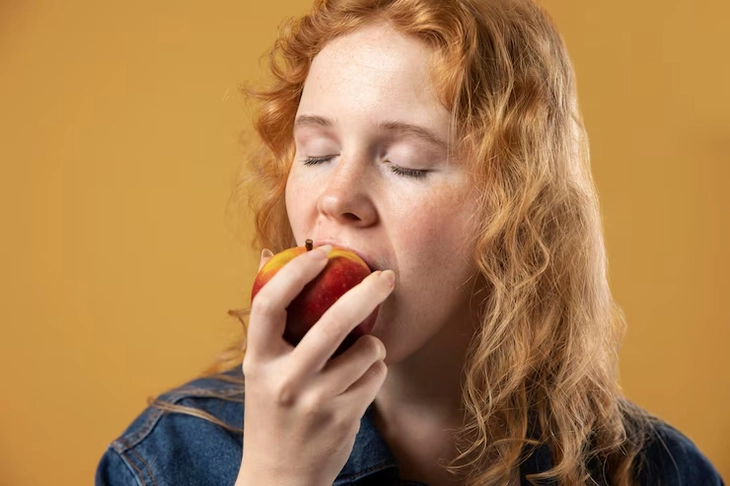
The information that "apples in Italy have higher nutritional density than apples in the US" is misleading - Photo: FREEPIK
Comparisons between the quality of food in the US and European countries, especially Italy, are common on social media. A recent episode of The Ultimate Human Podcast compared the nutritional density of American and Italian apples, making the above-mentioned confusing claim.
The Ultimate Human Podcast is a podcast channel focusing on topics of health, biohacking, nutrition, personal development, with many famous guests in the field of health and fitness such as Dana White (CEO UFC), Dr. Mehmet Oz, Paul Saladino MD..
Are American apples less nutritious than Italian apples?
The viral claim goes: "For example, if you eat one apple in America, you're actually getting a quarter of the nutrients. So you'd have to eat six to get your fill. Whereas if you eat an apple or tomato in Italy, you'd say, 'That's delicious!' and then realize, 'Oh yeah,' because it's more nutrient dense."
Food fact-checking site FoodFacts examined the science behind the claim that "Italian apples are more nutritious than American apples" and concluded that it was misleading.
While the nutritional content of apples can vary depending on variety, soil, and storage methods, there is no evidence to suggest that there are significant differences between American and Italian apples. Apples from both places can be nutritious and healthy.
In fact, the nutrients in apples depend on many factors such as tree variety, soil type, climate, storage and processing methods.
There are about 7,000 varieties of apples grown worldwide . Nutritional composition, especially polyphenols - compounds with health benefits - also varies by variety.
Soil quality, including microbial activity, minerals, pH and pollution levels, directly affects the plant's ability to absorb nutrients.
Climate, irrigation systems and care measures such as fertilization and pruning also affect the quality and nutrient density of the fruit.
These factors vary not only from country to country, but also from region to region, and even from farm to farm in the US or Italy, so making broad comparisons is unwarranted.
Additionally, the amount of phytonutrients in apples depends on ripeness, harvest season, and especially how they are stored and processed. Refrigeration, although necessary for transportation, can reduce nutrients over time. Some studies have shown that this process can reduce phenols in the fruit flesh by up to 50% and in the peel by 20%.
Heat processing, such as drying or pasteurization, also destroys nutrients. Therefore, apples that have been stored for a long time or have been processed may contain fewer nutrients than fresh apples that have just been picked.
The bottom line, according to FoodFacts , is that there is no scientific evidence to support the claim that the nutritional difference between American and Italian apples is as great as six times as rumored.
Freshness means high nutrient density ?
The podcast's claim that American apples contain less nutrients than Italian apples is based on the notion that Italian apples are "fresher" and therefore "more nutritious."
It is true that freshness and perceived healthiness strongly influence consumer choice. Apples in Italy may “appear” fresher to the eater, but that does not mean they are nutritionally superior.
American apples can also be very fresh, depending on where they come from and when they are purchased. Even after being stored for several weeks, apples still provide significant health benefits. In both the US and Italy, people can buy apples at local markets or supermarkets.
This claim exploits the belief that European food is always better than American food. Part of the reason European fruits and vegetables seem to taste better is due to consumer culture and shopping habits.
In countries like Italy and France, people visit small markets several times a week. Short supply chains help food reach consumers faster than imported goods from supermarkets.
Additionally, tourists or Americans living in Europe tend to eat fresh fruit bought at markets or enjoy seasonal foods at restaurants – a very different experience than buying packaged fruit at American supermarkets.
This reinforces the feeling that “European fruit tastes better”, when most of the difference is in context, not nutritional content.
Claims like these distract from real differences like farming practices or consumer culture. Instead, they promote the false belief that food is only good if it comes from a “premium” source.
It is most important to eat fresh fruit regularly, from whatever safe sources you have access to.
Source: https://tuoitre.vn/co-that-tao-y-bo-duong-gap-6-lan-tao-my-20250706110422706.htm







![[Photo] Cat Ba - Green island paradise](/_next/image?url=https%3A%2F%2Fvphoto.vietnam.vn%2Fthumb%2F1200x675%2Fvietnam%2Fresource%2FIMAGE%2F2025%2F12%2F04%2F1764821844074_ndo_br_1-dcbthienduongxanh638-jpg.webp&w=3840&q=75)




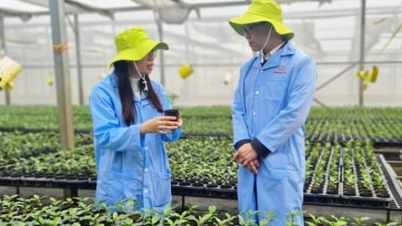

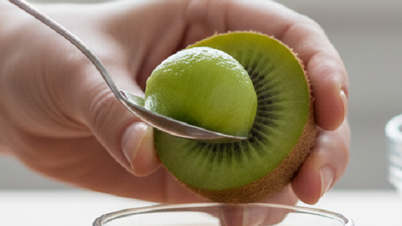




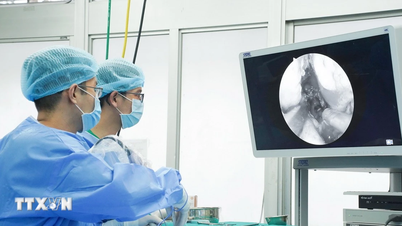






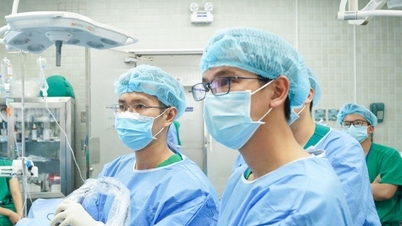




























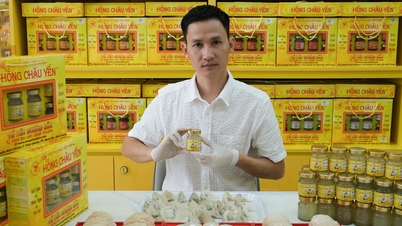







![[VIMC 40 days of lightning speed] Hai Phong Port determined to break through, reaching the target of 2 million TEUs by 2025](https://vphoto.vietnam.vn/thumb/402x226/vietnam/resource/IMAGE/2025/12/04/1764816441820_chp_4-12-25.jpeg)























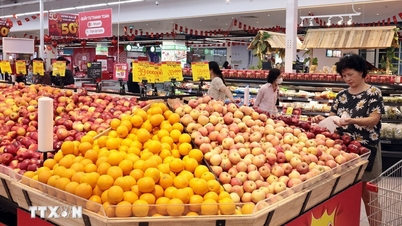










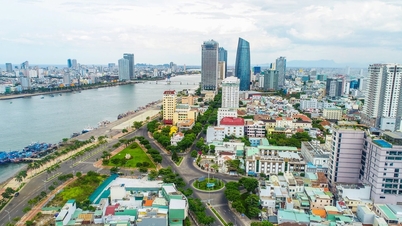

















Comment (0)